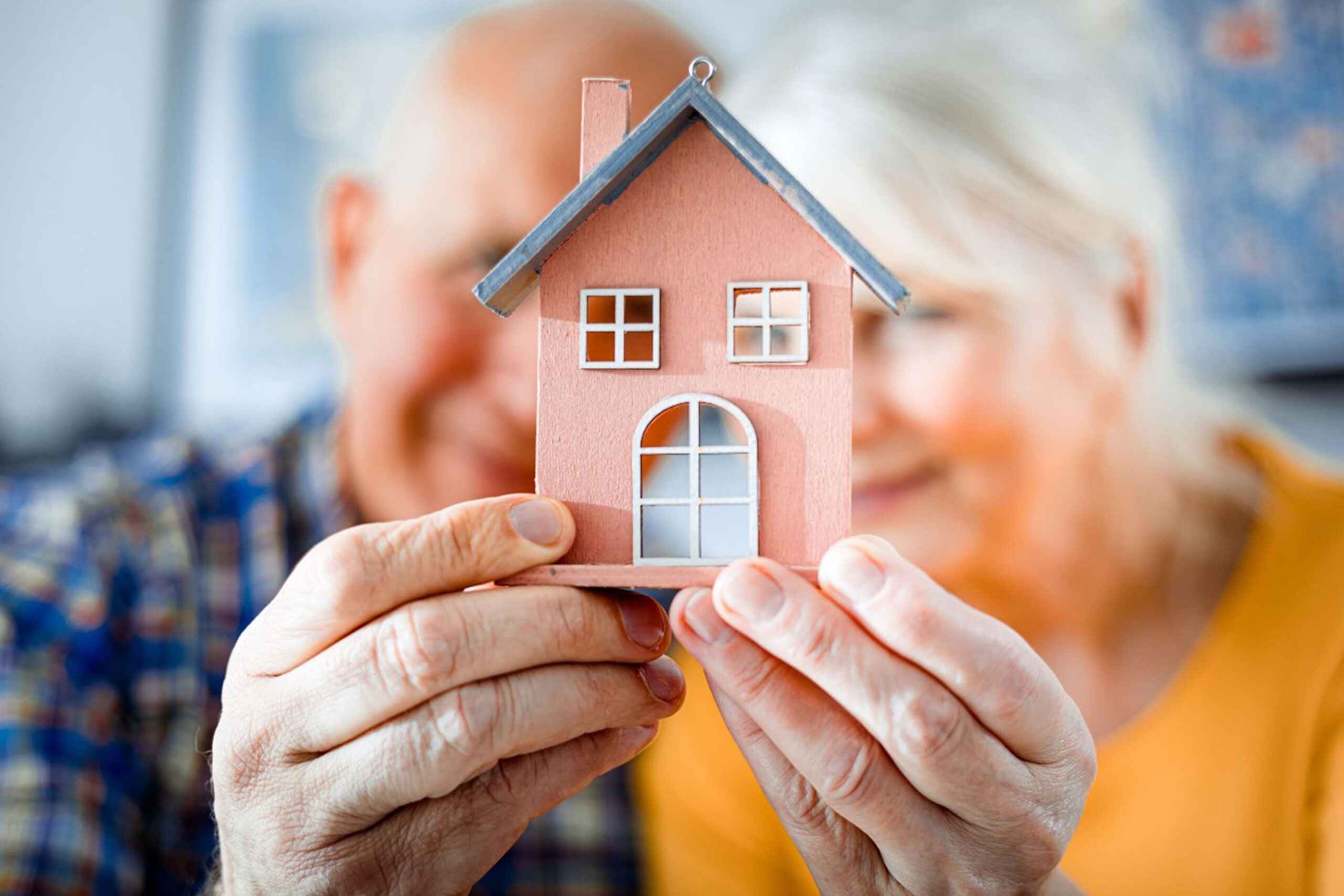As America’s population ages, a growing number of older adults are choosing to “age in place”—the practice of living independently in one’s own home for as long as possible. According to the U.S. Census Bureau, by 2030, all baby boomers will be older than 65, and one in every five residents will be at retirement age. This demographic shift is sparking a nationwide conversation about how homes can be made more accessible, comfortable, and safe for older adults who prefer not to transition into assisted living facilities.
Aging in place isn’t just a matter of preference—it’s a practical decision for many. Moving into senior living communities can be costly and emotionally difficult, particularly for those with deep ties to their neighborhoods and communities. The good news is that a wave of innovation in home modification is helping make this choice more feasible than ever before.
Making Homes Age-Ready
Many homes in the U.S. were not built with mobility challenges in mind. Narrow doorways, steep staircases, and slippery bathrooms can quickly become obstacles for seniors. Fortunately, a variety of home renovation options exist to address these issues.
Simple upgrades like non-slip flooring, grab bars in bathrooms, and improved lighting can make a significant difference. For seniors with more advanced mobility concerns, installing ramps, widening doorways, and even adding specialist elevators for the home can provide critical access to all areas of a multi-story house.
These changes not only improve day-to-day comfort but also reduce the risk of falls—one of the leading causes of injury among seniors. The CDC reports that one out of four older Americans falls each year, and many of those falls happen at home. With proactive adjustments, the likelihood of such accidents can be dramatically decreased.
Technology at the Forefront
In addition to structural modifications, smart home technology is playing a key role in helping seniors live safely and independently. Devices like voice-controlled assistants, smart thermostats, video doorbells, and emergency response systems can provide both convenience and peace of mind for aging individuals and their families.
Remote monitoring tools allow caregivers to keep tabs on loved ones without infringing on their independence. Meanwhile, medication management systems can help ensure that seniors take their prescriptions correctly and on time. These technologies, combined with thoughtful home design, are creating living environments that support health, safety, and autonomy.
Financial Support and Community Resources
While some home modifications can be expensive, there are resources available to help shoulder the financial burden. Federal programs like the Older Americans Act and local initiatives offered through Area Agencies on Aging often provide grants or low-interest loans for home modifications. Additionally, some Medicare Advantage plans now offer supplemental benefits that include home safety improvements.
It’s also worth noting that enhancing a home’s accessibility doesn’t just benefit seniors—it can increase a property’s value and functionality for people of all ages. Multigenerational households, families with young children, and those recovering from surgery or injury can all appreciate a more navigable living space.
The Broader Shift in American Housing
This trend toward aging in place is reshaping the housing market and influencing urban planning decisions. Builders and developers are increasingly focusing on universal design principles—those that accommodate people of all ages and abilities.
Communities across the country are beginning to adapt as well. Walkable neighborhoods, accessible transportation, and nearby healthcare facilities are becoming key considerations in planning for an aging population. This shift reflects a broader awareness of the importance of inclusive living environments.
Final Thoughts
As the American population grows older, the importance of accessible, senior-friendly housing will only increase. Through strategic home modifications and the integration of smart technology, many older adults can maintain their independence and enjoy the comfort of familiar surroundings. Aging in place isn’t just a trend—it’s a testament to the evolving values of freedom, dignity, and self-determination.


